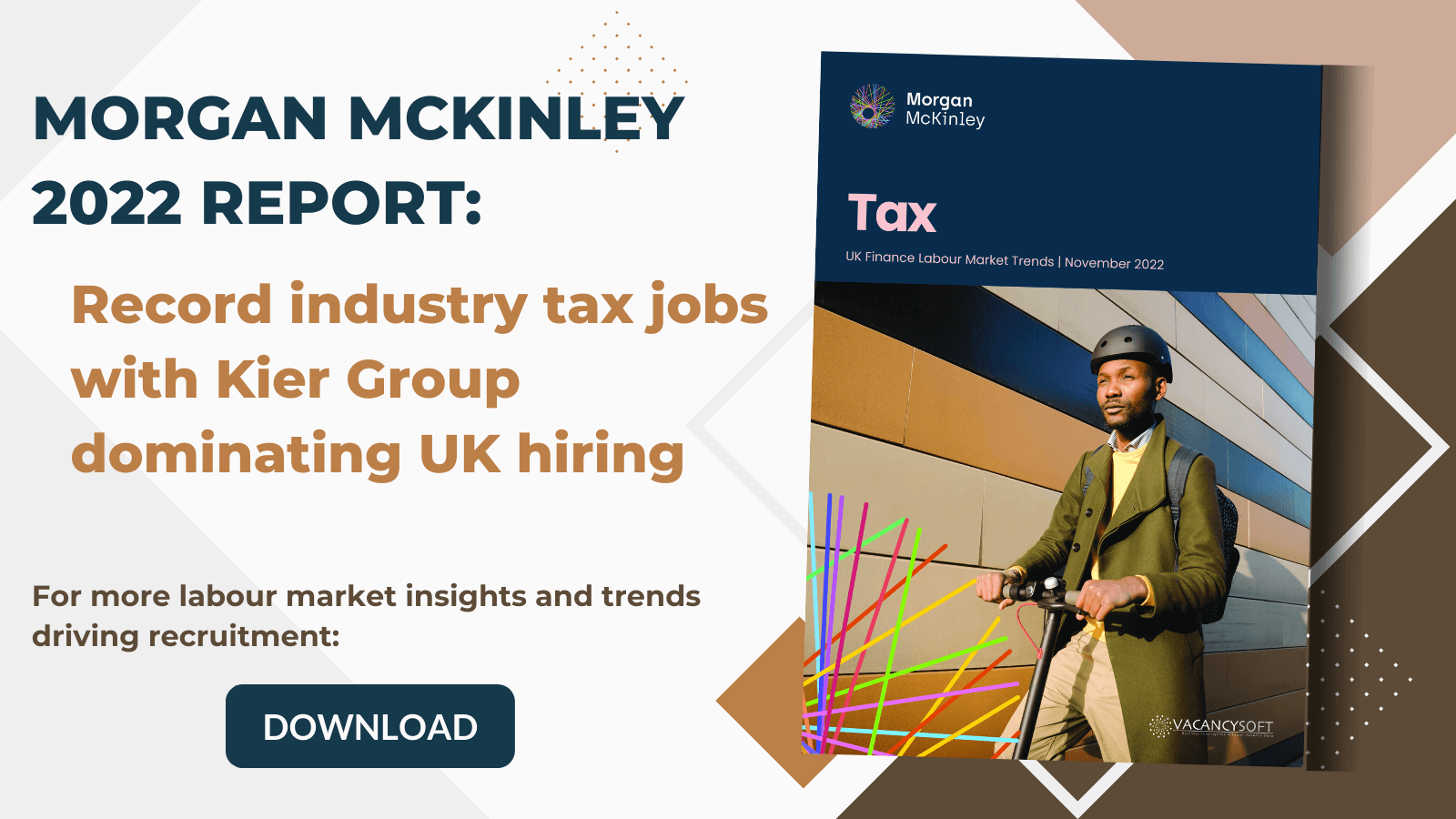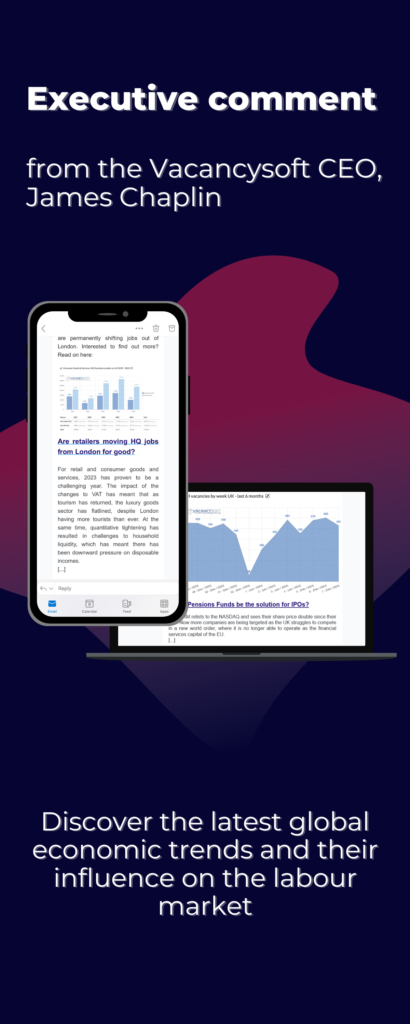
How are vacancies for tax professionals faring amidst the recent political and economic challenges? What are the sectors most in-demand? Which regions are growing, and which firms are experiencing the fastest growth in England and Wales? Download our new report to find out.
Written in partnership with Morgan McKinley, this report analyses the recruitment of tax professionals within and outside the UK’s Accounting sector. It observes the annual and monthly totals trends, compares the most wanted sectors, a regional breakdown of recruitment, and the hiring activity of top firms.
Key findings include:
- Vacancies show consistency rather than buoyant growth throughout 2022
- London is the dominant hirer for the Tax Division and all Accountancy outside Tax
- The Banking sector is the most sought-after for tax vacancies in 2022
- The Kier Group tops the table with the biggest numbers year-to-date
- The Big Four is present with PwC, which takes the runner-up within Accountancy
To discover more insights and trends for the UK’s labour market, download the report now!
Latest reports

Year in Review – UK Regional Labour Market Trends, January 2025
Regional disparities in recruitment highlight increasing economic imbalances across the UK. In 2024, London was the only region to see YoY growth, boosting its share of total vacancies from 34.4% to 36.8%.

Year in Review – UK Life Sciences Labour Market Trends, January 2025
After a subdued 2023, the UK’s life sciences industry saw stabilised recruitment in 2024, with vacancies rising 5.2% year-on-year to 7,521.

Year in Review – UK Legal Labour Market Trends, January 2025
Amid political transition and economic recovery, 2024 proved largely positive for the UK legal sector, with vacancies rising 14.2% across England and Wales. A post-election surge in M&A activity, especially large-cap buyouts, drove demand for legal professionals, aided by falling interest rates.


